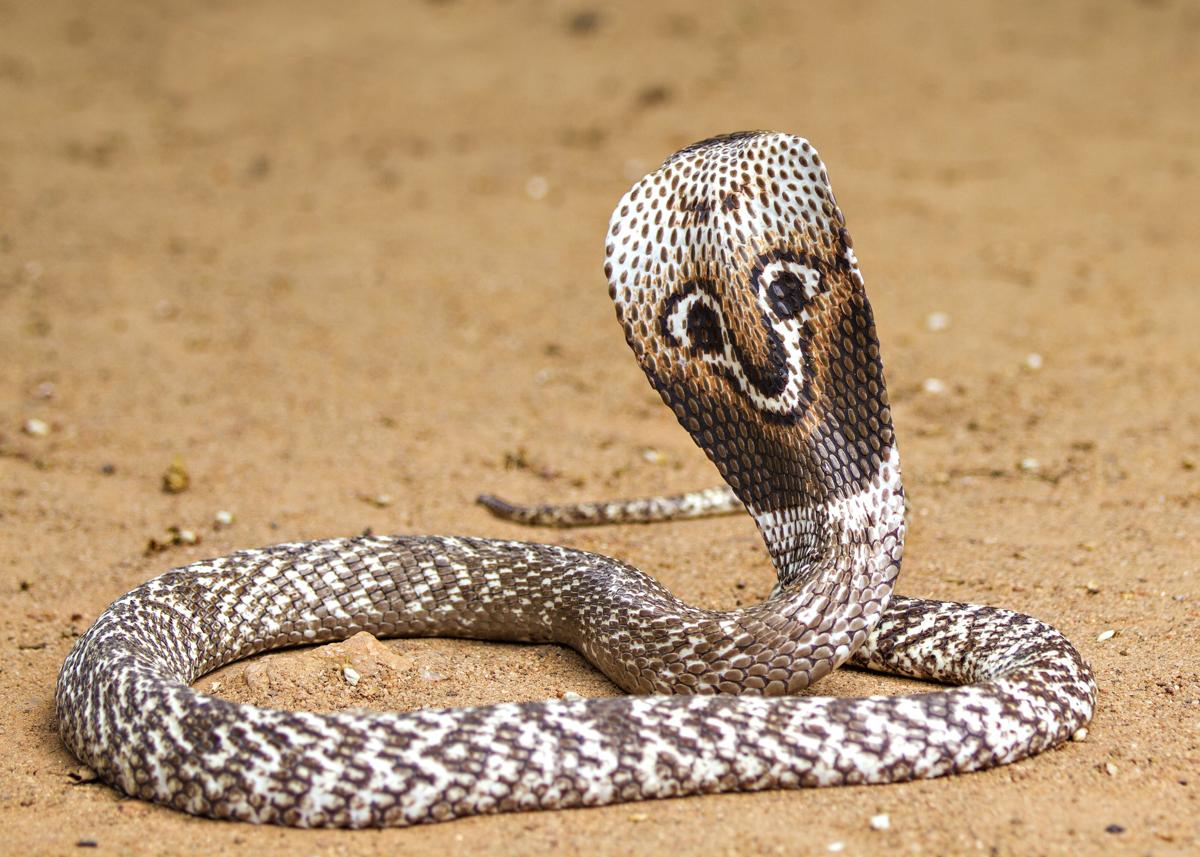Desert Animals Snake Information. There are more than 2300 different kinds of snakes around the world. Rattlesnakes live in many places and habitats in the western hemisphere, from mountains to deserts and plains.

Rattlesnakes live in many places and habitats in the western hemisphere, from mountains to deserts and plains. Life in desert areas is difficult. A venomous species of snake, the viper cerastes vipera inhabits the sahara desert.
Rattlesnake, Any Of 33 Species Of Venomous New World Vipers Characterized By A Segmented Rattle At The Tip Of The Tail That Produces A Buzzing Sound When Vibrated.
In the united states (us), many desert snakes are found in the mojave desert of the southwest in areas such as arizona. What information do you gather about snakes? Some carnivores, such as desert foxes, get enough liquid from their prey.
The Desert King Snake Is Not Only Found In The Dry Arid Desert Areas But Is More Commonly Found Near Water And In Damp Conditions, Like The Brush Lands.
For example, gerbils, beetles, snakes, mongooses and camels. Sahara horned vipers are amongst the most distinct of the north african desert snakes. Hatchlings are usually between 12 and 15 cm.
You Can Find Some Species In The Driest Desert, And Some In The Wettest Tropical Rainforest.
What information about snakes do you get in the lesson. Among these the most well known is probably the western diamondback rattlesnake. Below is a list of reptiles that live in the desert with links to additional information on each one.
There Are About 3,000 Different Kinds Of Snakes, And Of These, About 375 Are Venomous.
The rattler lives in the diy and rocky deserts of america. Deserts have very little water and vegetation. Examples of such deserts comprise the sahara of north africa and the deserts of the southwestern parts of the u.s., mexico, and australia, that are situated at a low altitude.
Darkling Beetle Drag Drops Of Moisture On Their Legs , Lift Them Into The Air And Drop Down Into Their Mouth.
A desert is a barren area of landscape where little precipitation occurs and, consequently, living conditions are hostile for plant and animal life. There are 126 types of snakes in the united states, but only 19 are harmful to people. The extreme temperature variations of the desert put snakes and other animals that live there under enormous pressure.